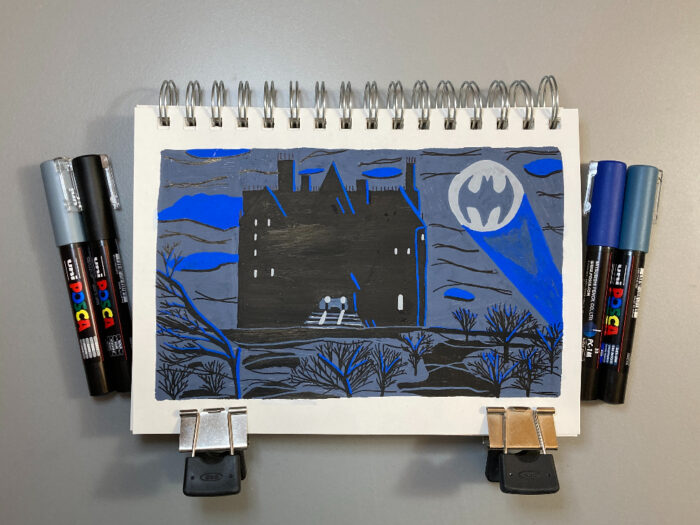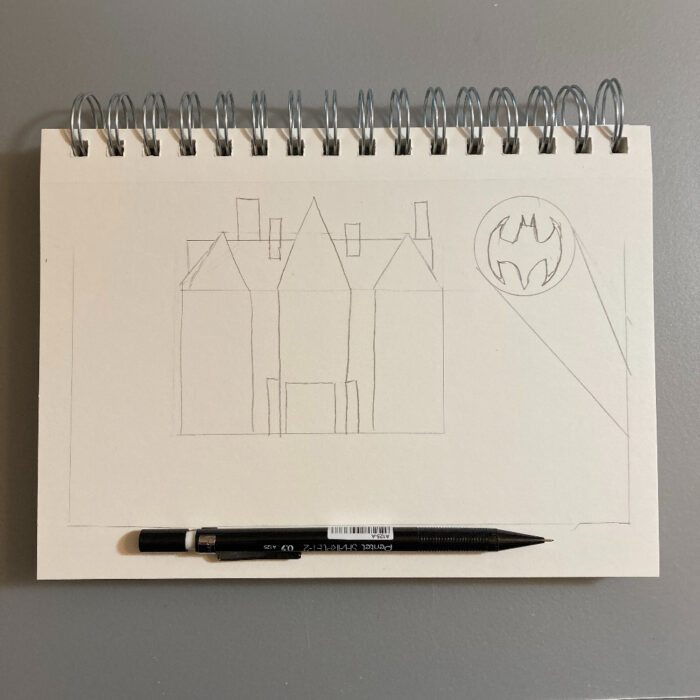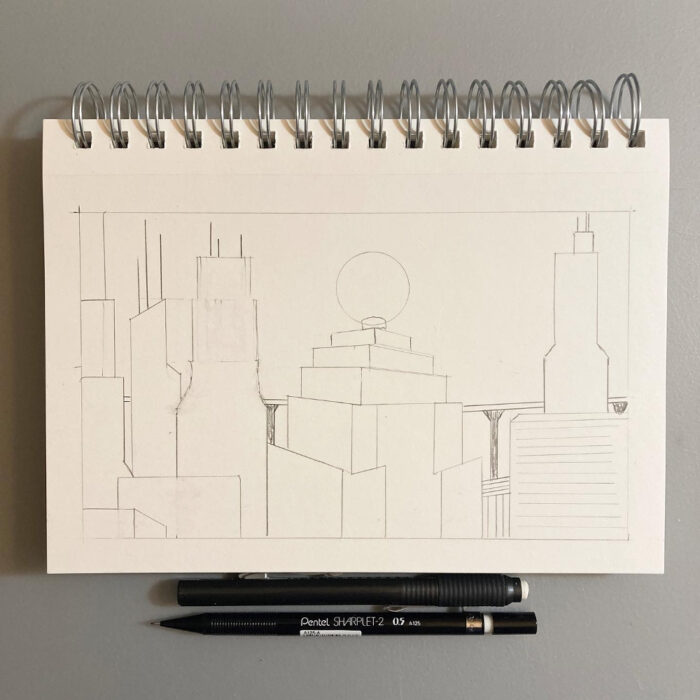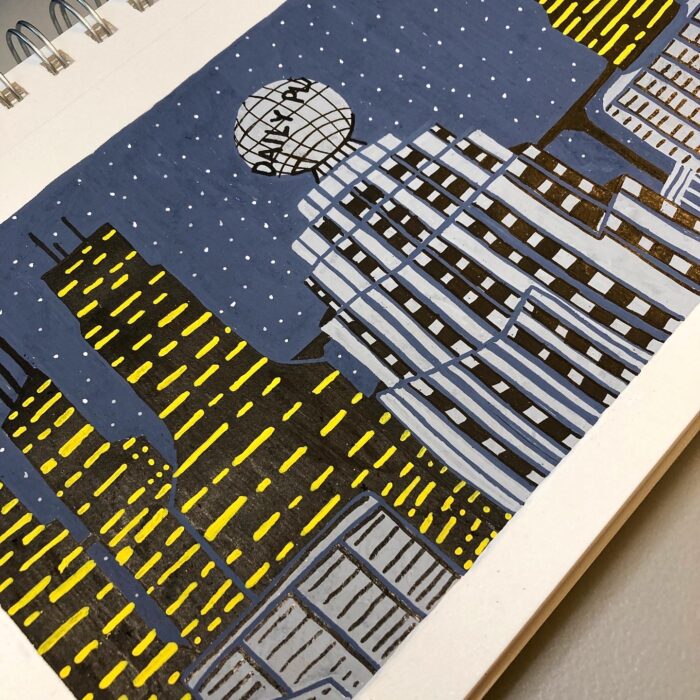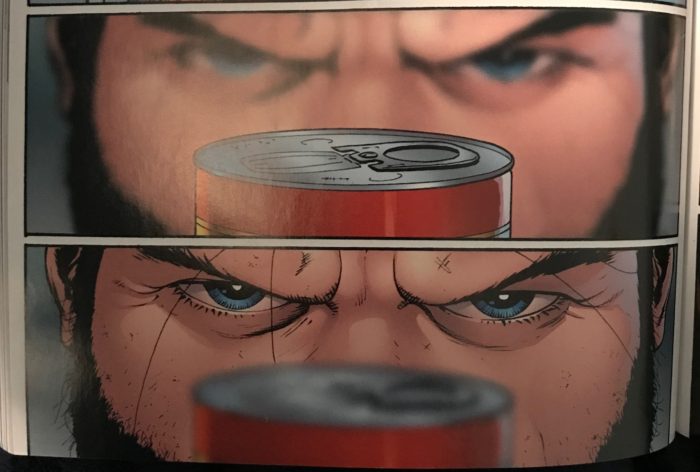The new season of Superman & Lois hasn’t started yet, and I’ve been missing Superman stories. To fill the gap, I’ve been watching Superman: The Animated Series and Lois & Clark: The New Adventures of Superman. I’ve seen both shows before, but what I notice now is how often Superman deals with smaller problems. It’s not super villains and the end of the world every episode. I’m enjoying that smaller scale.
The antagonist is an angry business partner. Or a public figure who’s lying about their investments. The episode plots feel more focused and more grounded. Lex Luthor is in both shows, but even his schemes feel more grounded.
Superman gets involved in the plots because Lois and Clark are investigating. Not because he’s the only one who can help.
Both of those shows aired in the 1990s, before superheroes were mainstream on TV and in movies. Maybe all the superhero media in the past 20 years has upped the stakes over and over. And that’s why it’s doomsday stories all the time in newer media.
Superman & Lois has its lighter moments, but for the most part, it’s drama, action, and saving the world. They deal with one antagonist all season. Parts of seasons 1 and 2 felt exhausting to me because of that.
I love watching Clark and Lois in everyday life. I love their journalist sides. I’d love for season 3 to have smaller stories that connect to a bigger arc over the course of the season.
But it’s difficult to find that balance. The Flash struggles with the same issue–so much focus on the main antagonist that there isn’t much room for lighter, smaller stories.
I don’t watch a whole lot of current TV shows, so I don’t know if this is a trend in other genres. Are other shows hyper-focused on one antagonist? Do they balance smaller stories with larger arcs?
